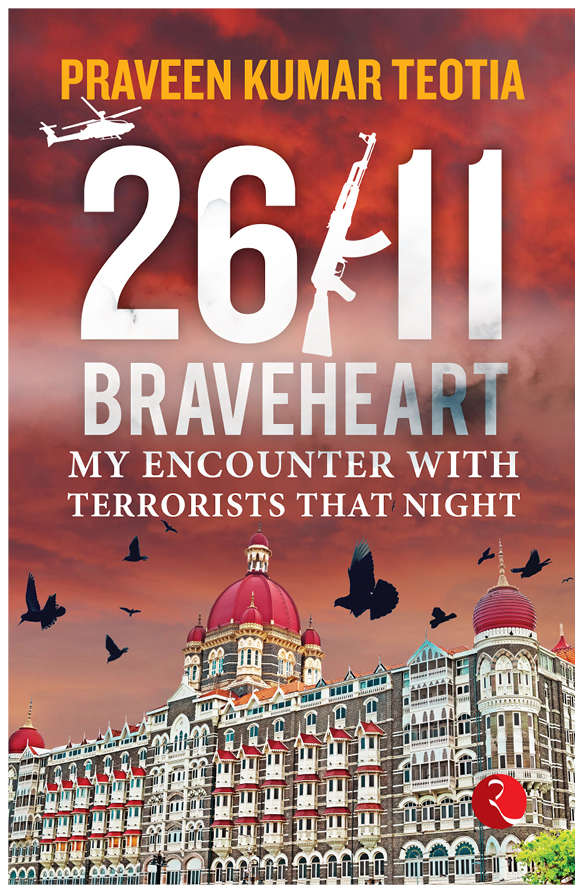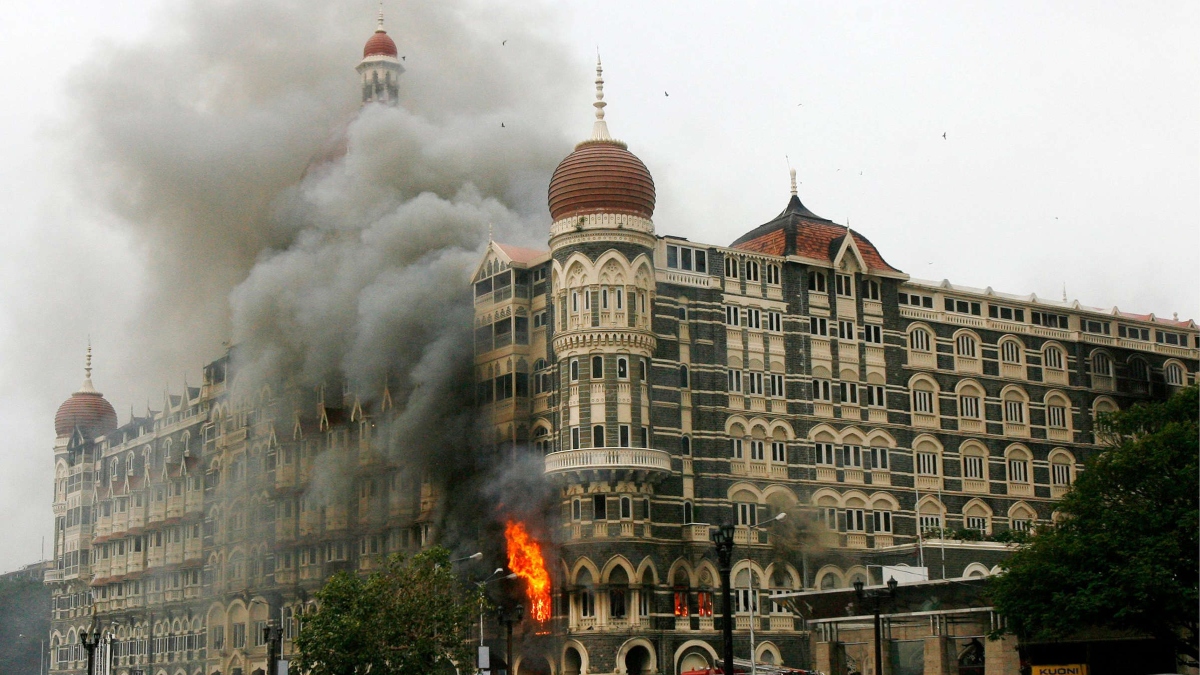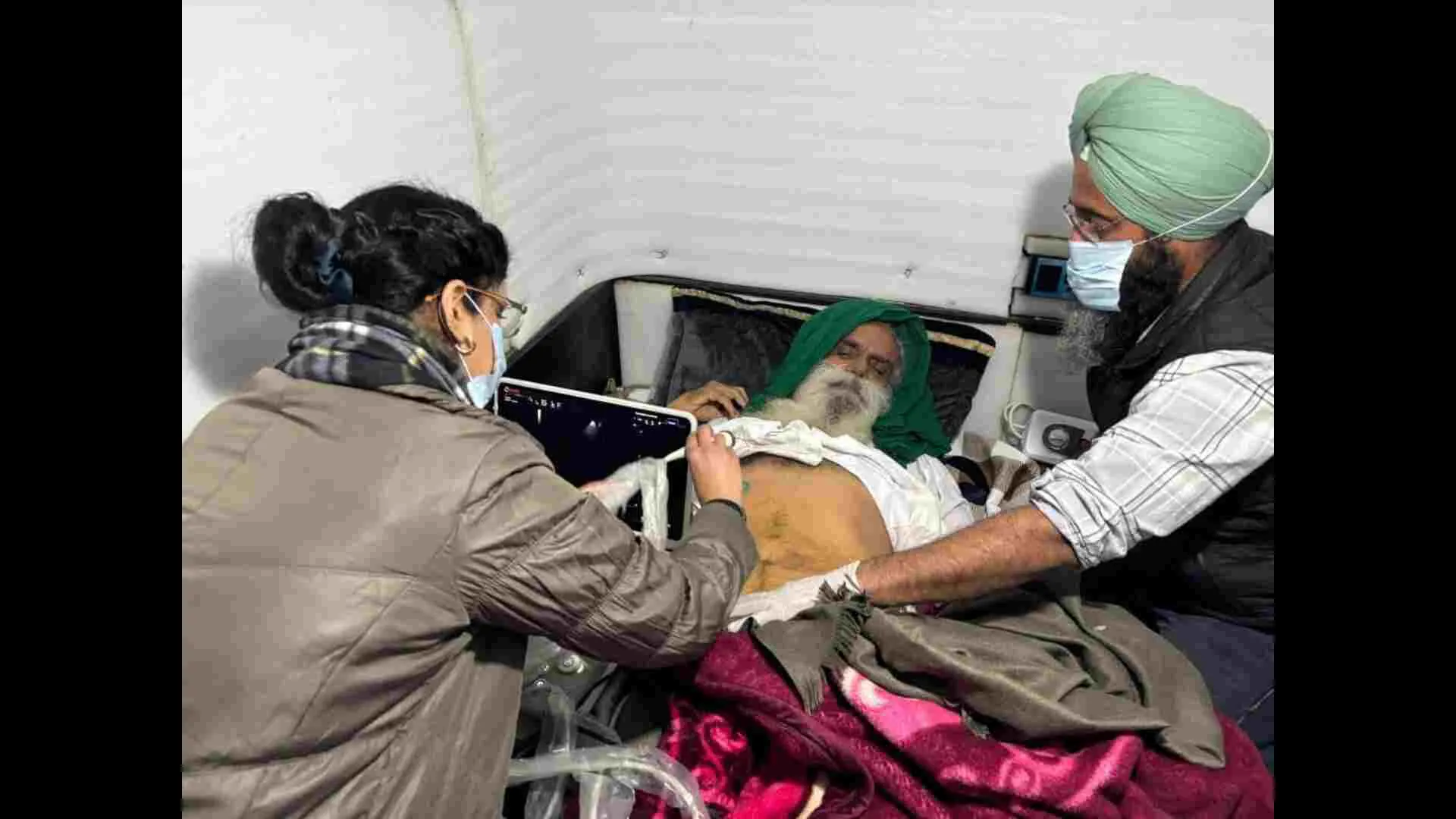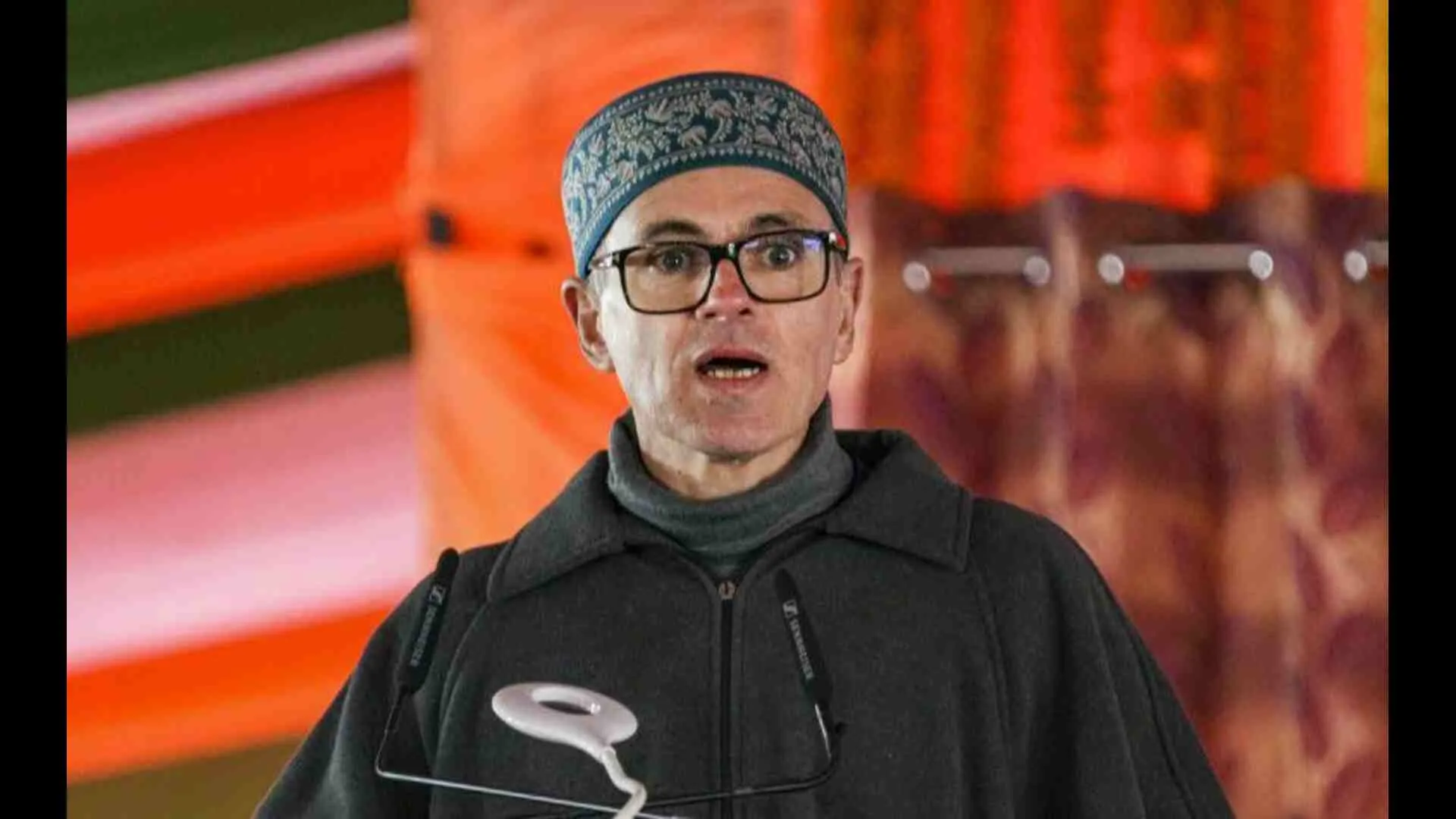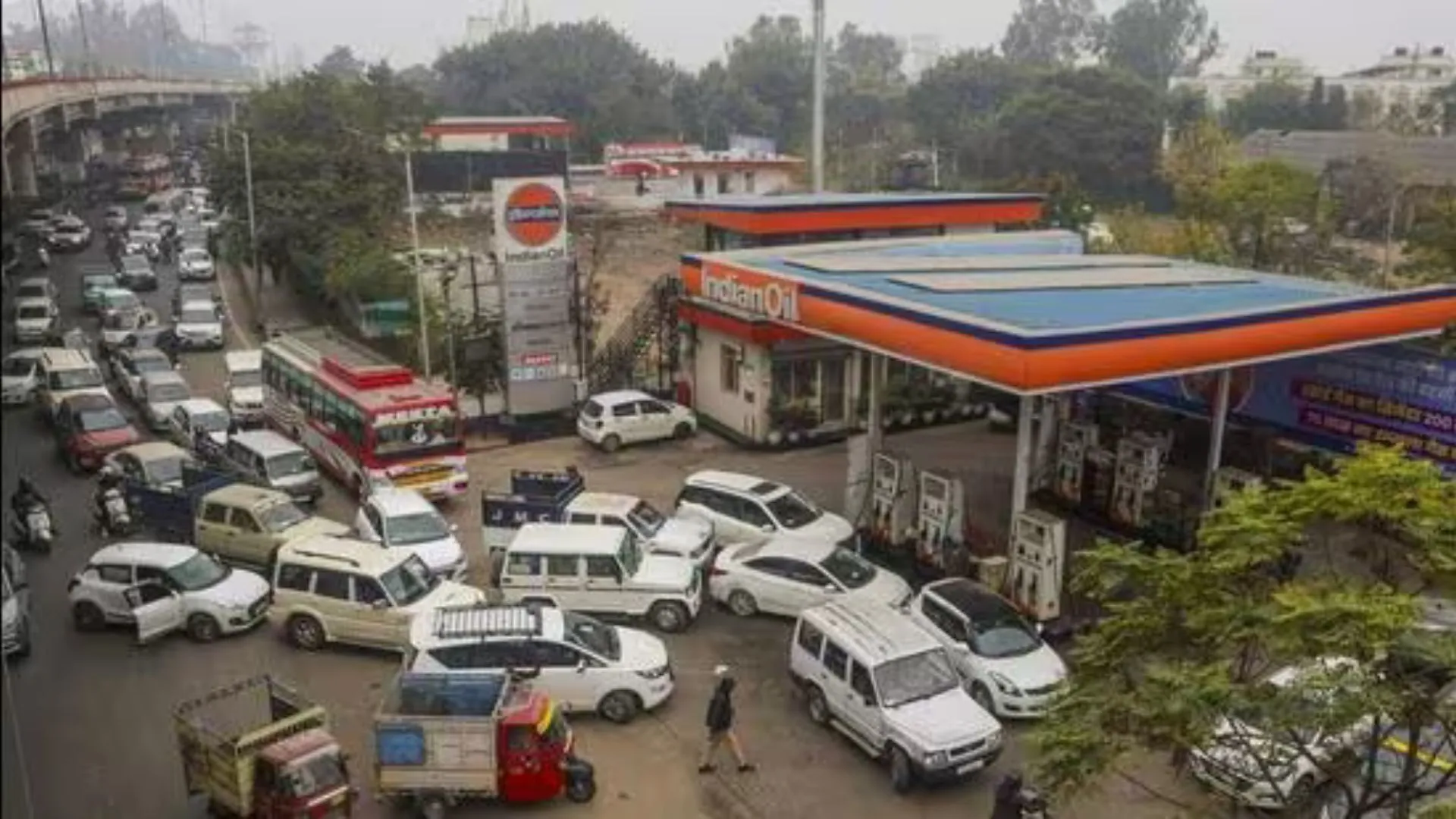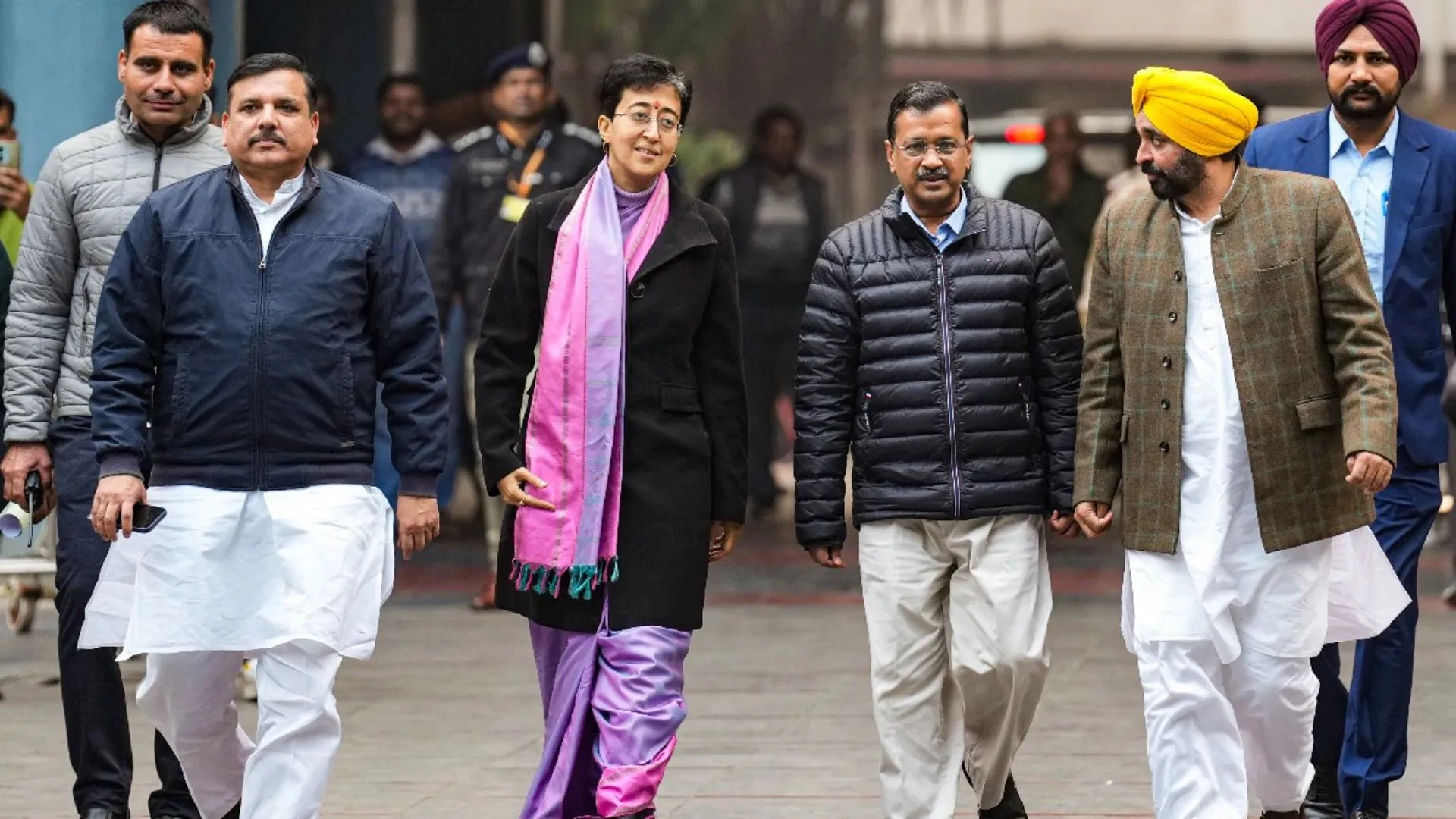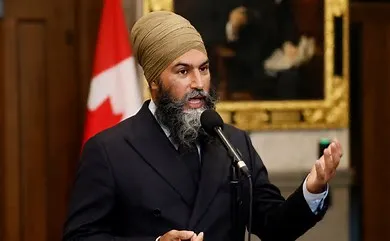Decorated with the Shaurya Chakra for his role in rescuing hostages, Praveen Kumar Teotia was one of the MARCOS—Marine Commandos of the Indian Navy—who fought the terrorists holed up in the Taj during the 26/11 attacks, suffered near-fatal injuries and, in the end, saved hundreds of lives. Teotia, in his book, narrates a minute-by-minute account of that fateful night, how his team entered the Taj, how he confronted the terrorists and how he was nearly killed. Excerpt:
It was a usual Mumbai evening. Walking past the Leopold Café, I was headed towards the Gateway of India. The majestic Taj stood gazing at the Arabian Sea, overwhelming the tourists below. Bewildered by its imposing structure, I looked at the Taj and marvelled at its beauty. The people inside must be living such a luxurious life, I thought to myself and sighed.
It was 8 pm and the vast expanse of the Arabian Sea looked calm. Heading towards my naval base, I had one final look at the area. Some pigeons fluttered past, a policeman whistled and a hawker packed his belongings for the day. The neon-lit surrounding would now illuminate some late-night lovebirds, looking for their private space in this insomniac city. Life looked picturesque and undisturbed. Who would have known that an hour from then, death would spread its dirty tentacles, choking life out of this picture? Who would have imagined that ten men from Pakistan would come sailing through the Arabian Sea in a small boat and would launch the most dastardly attack on the city? And hardly would have I imagined that few hours from now, I will be facing these fidayeen, inside the Taj, eye to eye, and my life would change forever.
I entered the room. It was dark and silent. Ever since we had entered the Taj, there was death and mayhem around us—in the halls, the corridors, the reception area. The lazy opulence of the place had been disrupted and what stood before us was a shaken Taj. Bullet-ridden bodies were lying amidst the inferno and bloodbath. Some lucky survivors had to be pulled out with corpses lying on top of them, an experience that would torment them for life. Imagine your loved one or a complete stranger lying breathless on top of you. What could you do? Push it as if the person didn’t mean anything to you? Or just lie down with your eyes closed, smelling blood and feeling the unmoving mound of flesh on top of you, waiting to either die or be rescued?
Everything about the majestic Taj that day was pale and morbid, but the atmosphere of the room we had just entered was sinister. Danger was very close and years of my training and times spent in real operations told me that something was not right in this room. I could sense danger lurking somewhere. I became more vigil. But nothing was visible.
I was leading the team and behind me, roughly at a distance of a metre and a half, was my buddy. Third in the line was Sunil Kudiyadi, our navigator for the night. Without him, it would have been very difficult to manoeuvre through the Taj. Behind Mr Kudiyadi, there were two more commandos, Ranjeet and Ashok, and even though our friend, the security manager, had no weapon to himself, he was safely ensconced between the armed commandos. His calm demeanour was noteworthy as it helped us focus more. Mr Kudiyadi was also one of the commandos that day, albeit without an army fatigue.
One more step and I was consumed by complete darkness now. I was carrying my weapon in my right hand and with the left hand, I tried exploring the wall. ‘Where is the light switch?’ I quietly asked Kudiyadi. ‘Should be ahead.’ All of us were groping in the dark.
My left hand was now touching the wall and it provided me with support and acted as my guide while moving ahead. I was taking each step very slowly and quietly, with my eyes ocussing in the darkness. After ten to twelve cautious steps I heard a sound.
Click.
Click.
These were, in fact, two sounds coming from two different sources. It was the sound of safety catches of two AK-47s being removed. The AK-47 is one of the first true assault rifles and, due to its durability, low production cost and ease of use, the weapon and its numerous variants remain the most widely used assault rifles in the world. To fire, the operator inserts a loaded magazine, moves the selector lever to the lowest position, pulls back and releases the charging handle, aims and then pulls the trigger. In this setting, the weapon fires only once, often called semiautomatic, which requires the trigger to be released and depressed again for the next shot. With the selector in the middle position (full-automatic), the rifle continues to fire, automatically cycling fresh rounds into the chamber, until the magazine is exhausted or the pressure is released from the trigger.
The first click indicated that the attacking weapon was in single shot. The second click meant that it was now in ‘burst’ mode and with a single press of the trigger the entire magazine could be emptied. The standard magazine capacity is thirty rounds, which mean thirty bullets at once racing towards the target. Gauging by the extent of this planned assault, it was clear that the terrorists knew they were facing an army or commandos, and not ordinary citizens. They wanted to ensure maximum damage in minimum time.
I swiftly bent down a bit. They had been in this darkened room for a while, hence they must have adapted. They were able to now see the movement in the dark. With enough time, our eyes can adapt and see the low levels of light present in partial darkness. Human eyes take several hours to fully adapt to darkness and reach their optimal sensitivity to low-light conditions. The quickest gains in vision sensitivity are made in the first few minutes after exposure to darkness. For this reason, many people think that after only a few minutes, their eyes have reached their peak sensitivity. But after several hours of exposure to darkness, the eyes continue to adapt and make small gains in sensitivity. My attackers thus had an edge over me.
I, however, had just entered the room and the surroundings were unfamiliar for me. I felt a table and hid myself behind it, trying to locate the direction of the sound. It was coming from the right side of the room. My cheek placed neatly on the butt of my weapon and my fingers on the trigger, I now aimed towards the direction from where the sound was coming from. With my eyes focussing hard to decipher even an iota of movement, I was ready to take my shot. And suddenly there was a flash. The flash was followed by the sound of burst fire that was directed at me. The staccato of burst shots filled the room, leaving a deafening silence in the room.
My weapon was in single-shot mode and I immediately fired three to four shots. In a split second, it was all over.
I had been shot.
Excerpts from the book, ‘26/11 Braveheart: My Encounter With Terrorists That Night’ (Rupa).
